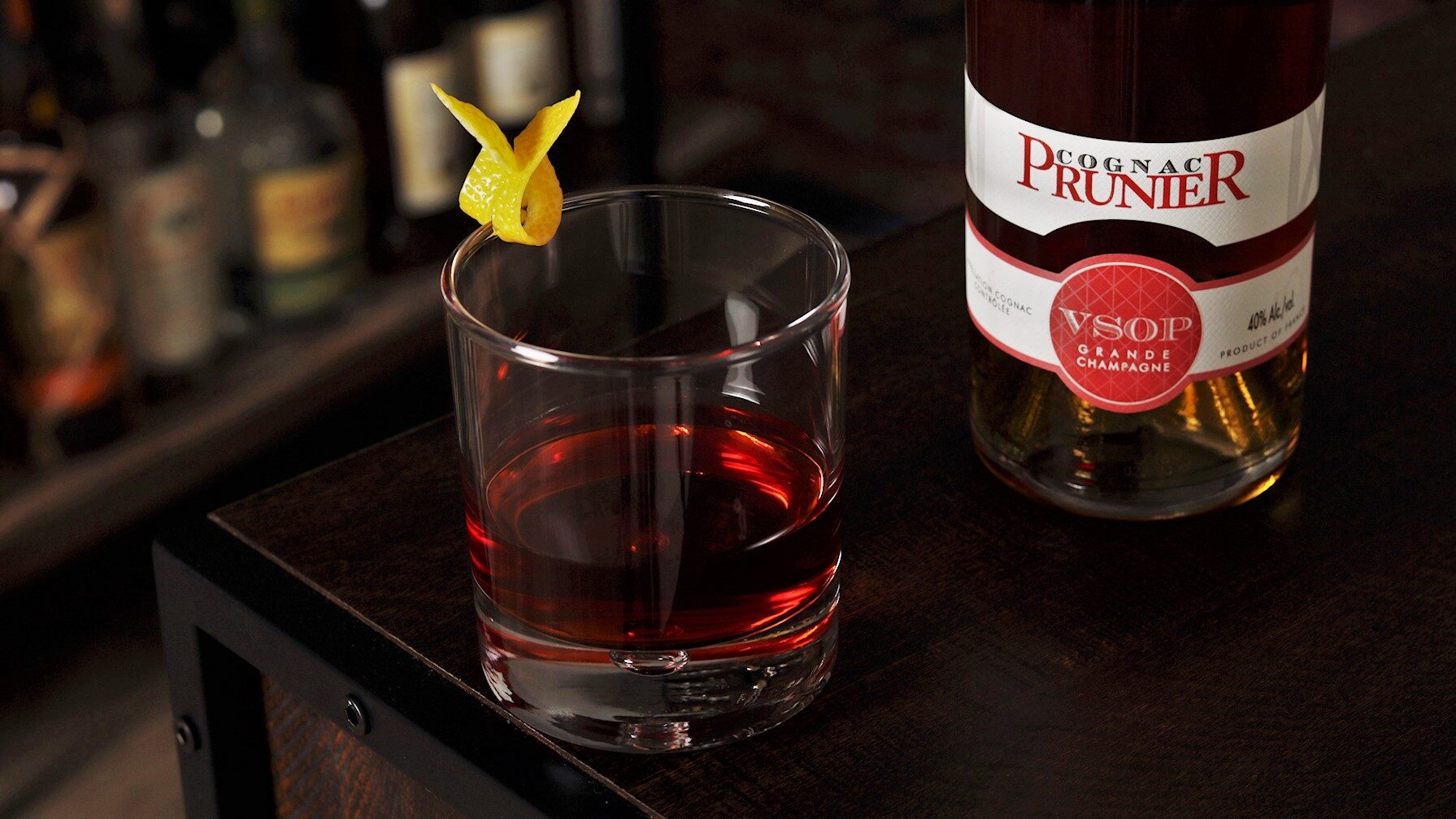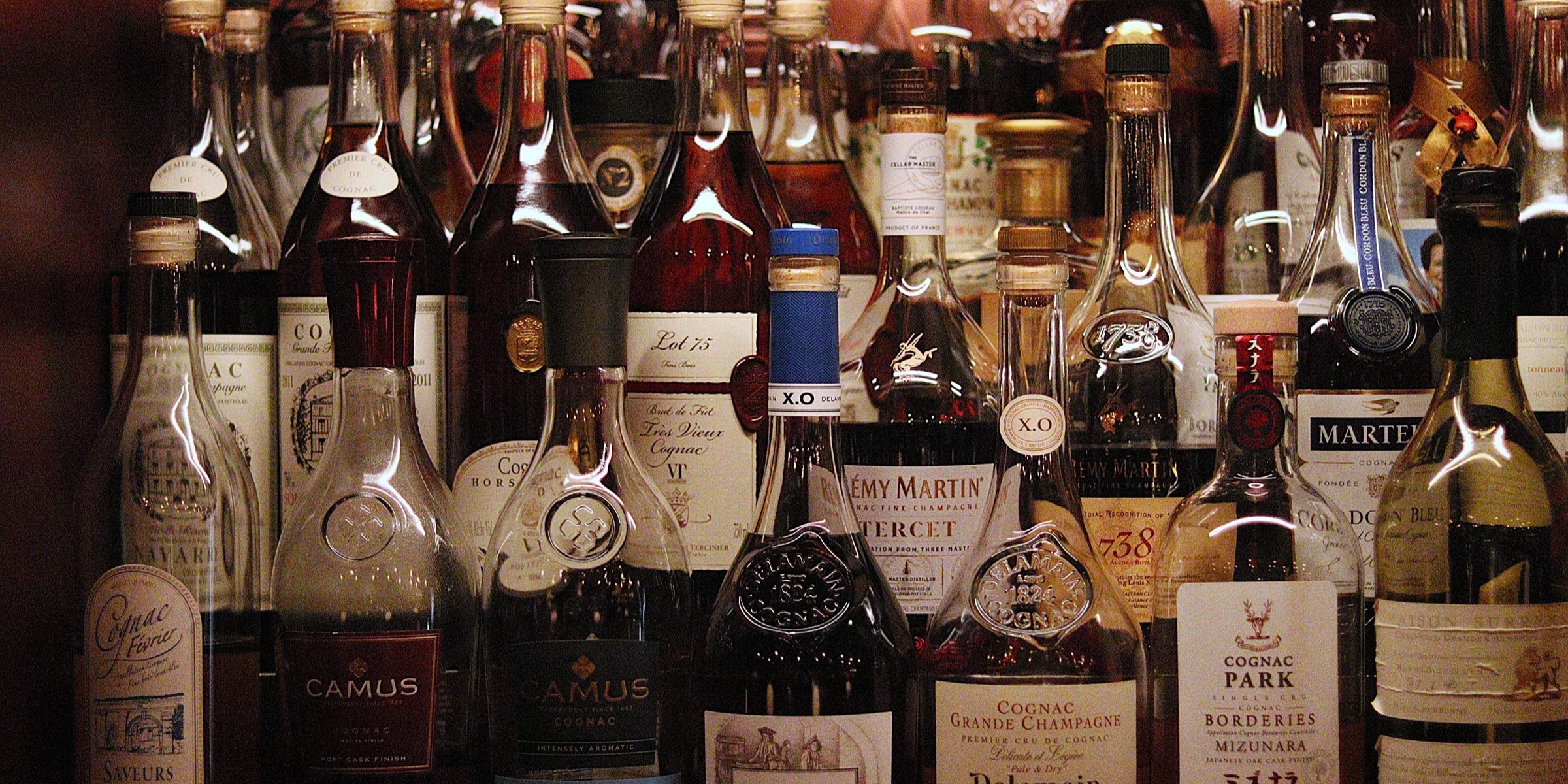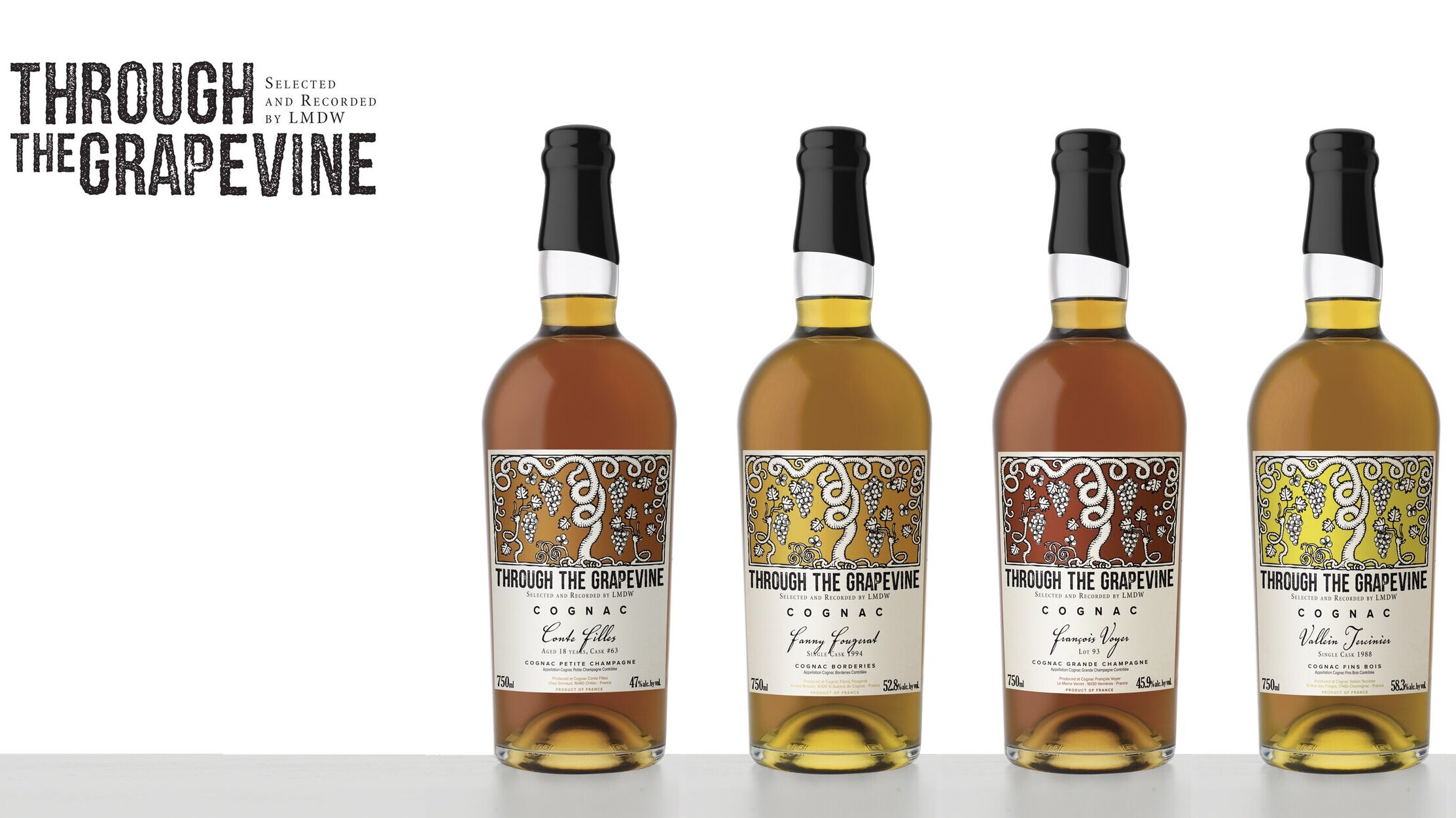Ah, New Orleans. This city, with its mix of Southern American, French, and African culture, is a wonderful melting pot of flavors and has a rich history of cocktail lore. If you remember when we talked about the Vieux Carré in a previous post, many other cocktails were noted as being New Orleans originals. But arguably, the most iconic one today has to be the Sazerac. And if you’re reading about it here, then you might have already guessed where we’re going with this. Put that rye whiskey bottle away because the Sazerac was originally made with Cognac.
In The Beginning
No surprise there, right? Cognac was one of the most popular spirits in America throughout the 18-19th century. In the late 1830’s, a gentleman by the name of Sewell T. Taylor was importing a brand of Cognac to the United States called Sazerac de Forge et Fils. It didn’t take long for it to gain popularity as Cognac was a booming business in America. Taylor found great success with his import business and his luck continued to grow around 1850. At that time, another distinguished fellow named Aaron Bird opened a café called the Sazerac Coffee House. While they had no relation to each other, the café started serving a cocktail called the ‘Sazerac Cocktail.’ It used Taylor’s Sazerac de Forge et Fils as the base spirit. How could you not use a Cognac named Sazerac at the Sazerac Coffee House in the Sazerac cocktail? Makes sense!
In addition to the Cognac, to really make this a New Orleans cocktail through and through, a specific type of bitters, created by a local apothecary named Antoine Peychaud, were used in the recipe. Peychaud created his bitters around 1830 after he immigrated to America by way of Haiti. Much like Angostura bitters, Peychaud’s also has some gentian flavor, but it stands out with the addition of anise, a bit of mint, and a very distinct, bright red color. To further the New Orleans-esque vibe of this cocktail, adding some absinthe, an incredibly popular tipple in this southern city, really brings everything together.
Enter American Whiskey
For the next 20 years, this was a wildly popular drink in New Orleans and it spread fast around the United States. But, in 1870, Thomas Handy took over the café and changed the base spirit from Cognac to rye whiskey. It was for a good reason, however. As you may know already, across the Atlantic in France and much of Europe, the vineyards were suffering from the phylloxera pandemic. A small aphid began killing off grape vines all over Europe. Some estimates say nearly 70% of all vineyards were destroyed. As Cognac is a grape based spirit, the reserves ran dry and there was no more to be had.
In America, rye whiskey was abundant, cheap, and showed no signs of slowing down. Handy had to make the switch to keep his guests satisfied. Rye whiskey was the most common substitute, but some bartenders reached for any American whiskey such as bourbon, as well.
Bringing It Back
Thomas Handy passed away some time around 1889. However, before he left this world, the original recipe for the Sazerac was recorded. But for some reason it wasn’t printed until 1908. By that time, rye whiskey had been being used in the Sazerac cocktail for almost 20 years. It’s not hard to imagine that if Cognac hadn’t been widely available for quite some time and one had essentially “grown up” with rye whiskey in their Sazerac, when the article was printed it most likely fell on deaf ears.
There were some that promoted Cognac over whiskey. Stanley Clisby Arthur, author of ‘Famous New Orleans Drinks and How to Mix’em’ in 1937, printed in his book “for while bourbon may do for a Julep it just won’t do for a Sazerac.” Cognac never quite caught back on in the Sazerac until about the last 15 years or so when bartenders around the world started going back to the roots of classic cocktails.
Now that the history lesson is over, how about we make a cocktail?
• • • • •
Cognac
Obviously, the original Sazerac de Forge et Fils was used to make this cocktail. It was long lost to the world until the Sazerac company rebranded it and released it over the last several years. It’s still only available in very few states within the USA and I don’t have access to it here in Washington. If you can find it, great! I’d give it a try.

For the rest of us, your standard go-to for a VSOP would work great here. You want to look for something with a nice blend between fruit and wood spice. I chose Prunier VSOP as their expressions are incredibly well balanced and give you many wonderful flavors that work flawlessly in a Sazerac. Ferrand 1840, Camus VSOP, or Hardy VSOP are other great options. If you feel like treating yourself, using an XO would be a nice upgrade. Try to find something with some darker fruit and earthy flavors.
Another great idea, especially when you have friends that swear by rye whiskey in their Sazerac, is to split the difference and use both. Using a bold rye whiskey and a fruitier Cognac in equal parts makes a wonderful drink. Punch Magazine was on the hunt for the best Sazerac in 2018. They published an article naming award winning bartender Tom Macy of Clover Club in NYC as having the best one out there. He uses 1.5 oz rye and .5 oz Cognac. Not a bad combination at all!
Sweetener
This is my personal preference, but I will always choose a demerara syrup to sweeten my Sazerac. Simple syrup is absolutely acceptable here, too. Either way, using a 2:1 ratio (two parts sugar to one part water) is ideal. The demerara will add a bit more flavor depth to the drink, but regular simple will give you the same roundness we’re looking for. Remember, though, less is more. Start with a tiny bit of sugar and move up from there if your palate requires more. You can always put in more, but you can’t take it out. No one wants to waste a cocktail down the drain.
Bitters
As noted above, Peychaud’s bitters is 100% needed to make a proper Sazerac. But many people don’t know that Angostura was also used in the original recipe. I see it as more of a supporting actor in the movie. Go heavier on the Peychaud’s and lighter on the Angostura.
Absinthe/Garnish
While absinthe is definitely an ingredient in the Sazerac, I’m lumping it in to the garnish since it’s only a rinse of the glass and mostly offers aromatics to the drink. Absinthe lifts up all the other ingredients. Kind of like adding salt to a dish. When you rinse a glass with absinthe, the best way to do it is with a tiny spray bottle. You can find them in the travel section of any chain store like Target or Walmart. These bottles let you fully cover the glass with an even amount of absinthe so you don’t waste a drop. That’s important since real absinthe can be very expensive.
If we’re staying traditional, a lemon twist is the only acceptable garnish on a Sazerac. Some people like the twist in the glass, others don’t. It’s a pro move to affix the twist to the edge of the glass and let your guest decide if they’d like to drop it in or toss it to the side.
The Recipe
2 oz VSOP Cognac
1 bar spoon demerara syrup (2:1)
4 dashes Peychaud’s bitters
2 dashes Angostura bitters
Absinthe
Rinse a chilled rocks glass with the absinthe. Add the remaining ingredients to a mixing glass and stir with ice until diluted. Strain into the rocks glass and garnish with a lemon twist.





